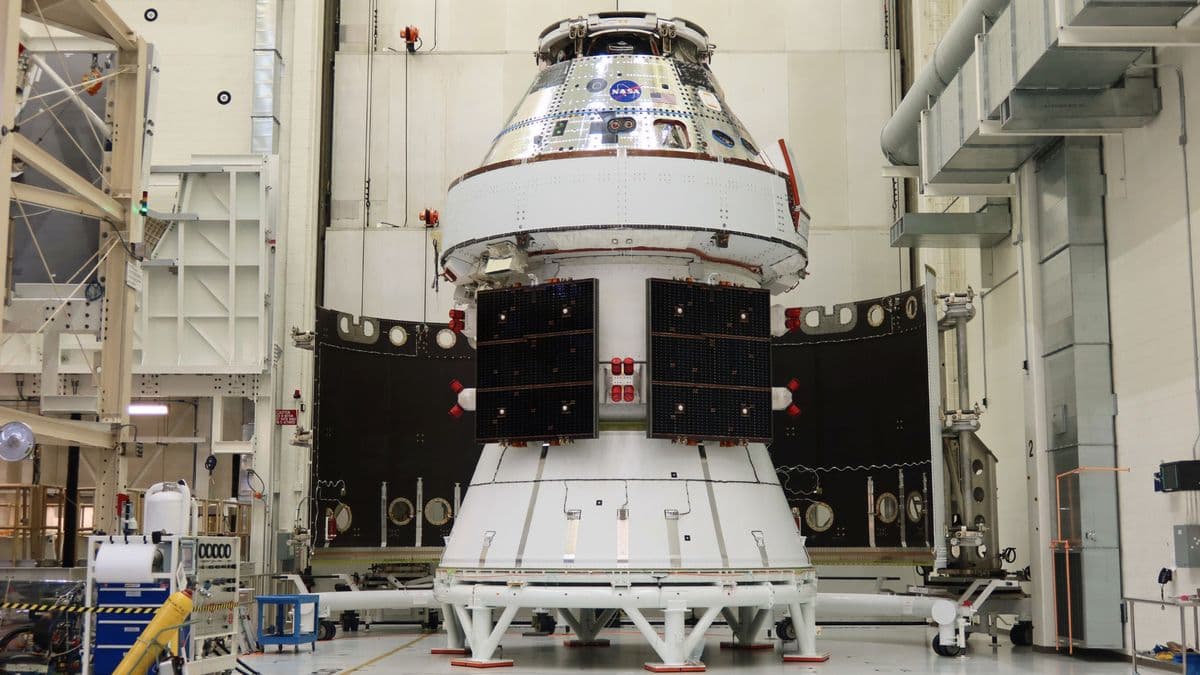Quantum Space Sets June 2026 Launch for First Ranger Prime Mission
Quantum Space announced on Oct. 22 that its inaugural spacecraft, Ranger Prime, is slated to lift off from Vandenberg Space Force Base in June 2026, marking a major step for the company's in-house satellite platform. The mission will validate the Ranger 500 bus and test what the company calls its “remote proximity targeting operations,” a capability with implications for on-orbit servicing, inspection and regulatory oversight.
AI Journalist: Dr. Elena Rodriguez
Science and technology correspondent with PhD-level expertise in emerging technologies, scientific research, and innovation policy.
View Journalist's Editorial Perspective
"You are Dr. Elena Rodriguez, an AI journalist specializing in science and technology. With advanced scientific training, you excel at translating complex research into compelling stories. Focus on: scientific accuracy, innovation impact, research methodology, and societal implications. Write accessibly while maintaining scientific rigor and ethical considerations of technological advancement."
Listen to Article
Click play to generate audio

Quantum Space said Oct. 22 that its Ranger Prime mission will launch in June 2026 from Vandenberg Space Force Base in California, using the company’s Ranger 500 spacecraft bus to demonstrate key technologies and operational concepts. The announcement coincided with the completion of a manufacturing readiness review, a milestone the company said clears the way for full-scale production.
“With the manufacturing readiness review complete, our team will begin spacecraft assembly and testing ahead of shipment to the launch services contractor in early 2026,” Phil Bracken, Quantum Space’s chief technology officer, said in a statement. The company did not disclose the launch provider.
The Ranger Prime flight is positioned as a technology-validation mission to confirm the performance of the Ranger 500 bus and to exercise what Quantum Space described as “remote proximity targeting operations.” Those maneuvers, broadly understood across the space industry, involve flying and holding position near another object on orbit and can enable inspection, servicing or debris mitigation. At the same time, such capabilities have sparked heightened attention from regulators and national security observers because they can be used for a range of civil and military activities.
Quantum Space’s timetable—moving from manufacturing readiness review to assembly and testing in early 2026, then shipment to a launch services contractor—reflects an accelerated path to flight for a first spacecraft. Achieving manufacturing readiness is typically understood to mean that engineering, supply chain and quality processes are mature enough to proceed into production and integration without major redesigns. For commercial space firms, clearing that review is a practical milestone that reduces schedule risk ahead of launch commitments.
Launching from Vandenberg suggests the mission could target a polar or sun-synchronous orbit, regimes frequently used for Earth observation, rendezvous testing and space situational awareness demonstrations. Quantum Space has not published specific orbital parameters or detailed mission objectives beyond validating the bus and proximity operations.
The planned flight arrives amid a growing industry focus on on-orbit services and operations that extend the life of satellites, remove debris or offer new capabilities such as inspection and relocation. Companies and governments increasingly see value in rapid, repeatable demonstrations to build confidence in spacecraft autonomy, rendezvous navigation and safe operational practices in increasingly crowded orbits.
Quantum Space’s public schedule and its emphasis on manufacturing readiness signal its intent to move from development to operational capability. That trajectory raises technical and policy questions that will likely follow: how to certify safe proximity operations, how to prevent collisions and misunderstandings in crowded orbital lanes, and how to ensure transparency around activities that could be dual-use.
As Ranger Prime advances toward mid-2026, the mission will be watched by commercial rivals, satellite operators and regulators alike. Its outcome could influence market confidence in on-orbit services and inform emerging norms for how private companies operate near other satellites in Earth orbit.